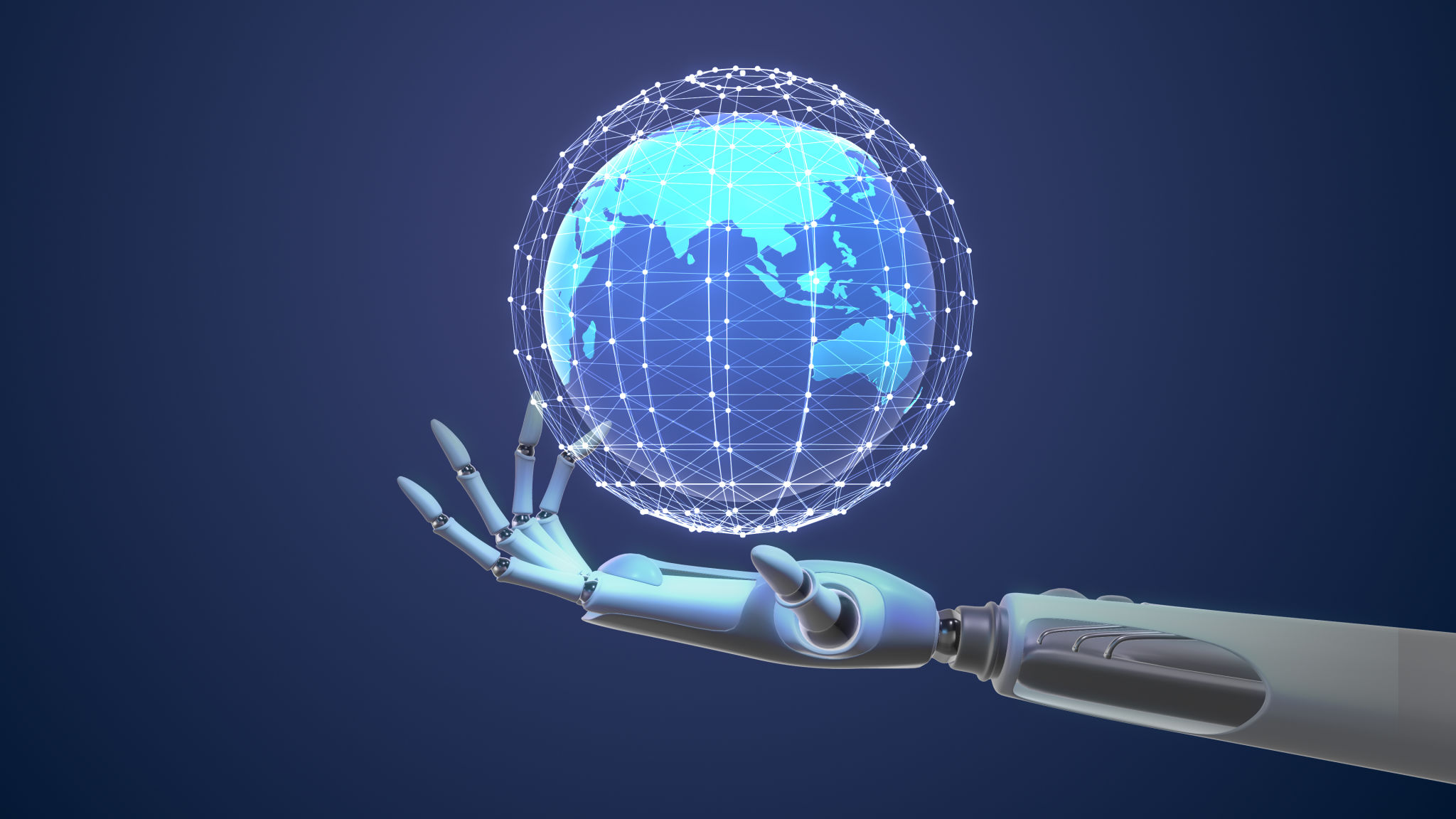Exploring Emerging Technologies in Edge Computing and AI for Space Applications
Introduction to Edge Computing and AI in Space
As humanity reaches further into the cosmos, the role of technology becomes increasingly vital. Traditional computing methods are often insufficient for space applications due to latency issues and limited connectivity. This is where edge computing and artificial intelligence (AI) come into play, offering transformative solutions for space missions.
Edge computing brings computation and data storage closer to the location where it is needed, which is crucial in the vastness of space. Coupled with AI, this technology can significantly enhance data processing capabilities onboard spacecraft, reducing the reliance on Earth-based systems.

The Role of Edge Computing in Space
Edge computing enables spacecraft to process data locally instead of sending it back to Earth, which can be a slow process due to the vast distances involved. By performing computations closer to where data is generated, spacecraft can make real-time decisions, improving mission efficiency and safety.
This ability is particularly beneficial for unmanned missions exploring distant planets or asteroids. For instance, edge computing can help rovers navigate hazardous terrain by processing images and sensor data locally and autonomously deciding on the best path forward.
Benefits of Edge Computing
- Reduced Latency: Faster decision-making processes by minimizing the time taken to send data back and forth.
- Enhanced Autonomy: Enables spacecraft to function independently, crucial for long-duration missions.
- Improved Data Processing: Capable of handling large volumes of data generated by scientific instruments onboard.

AI's Impact on Space Exploration
Artificial intelligence is revolutionizing how we explore space. From analyzing vast datasets to predicting system failures, AI provides the intelligence spacecraft need to perform complex tasks autonomously. AI algorithms can learn from past missions, improving their accuracy and efficiency over time.
In particular, machine learning—a subset of AI—has proven invaluable in identifying patterns and making predictions from data collected during space missions. This capability allows for more intelligent resource allocation and system management, ensuring mission success even in unpredictable conditions.
Real-World Applications of AI in Space
- Satellite Image Analysis: AI processes and interprets satellite images faster than human operators, providing timely insights for Earth observation missions.
- Predictive Maintenance: Machine learning models predict equipment failures before they occur, reducing downtime and maintenance costs.
- Autonomous Navigation: AI guides spacecraft through space without human intervention, increasing mission success rates.

Challenges and Future Prospects
Despite their advantages, integrating edge computing and AI into space applications presents challenges. Limited power supply, radiation exposure, and harsh environmental conditions necessitate ruggedized hardware and robust software solutions. Moreover, ensuring the reliability and security of these systems is paramount as they operate in the unforgiving environment of space.
The future holds exciting possibilities as advancements in edge computing and AI continue to unfold. These technologies will undoubtedly play a critical role in future missions, potentially leading to breakthroughs in our understanding of the universe. As we push the boundaries of exploration, embracing these innovations will be key to overcoming the challenges of space travel.
